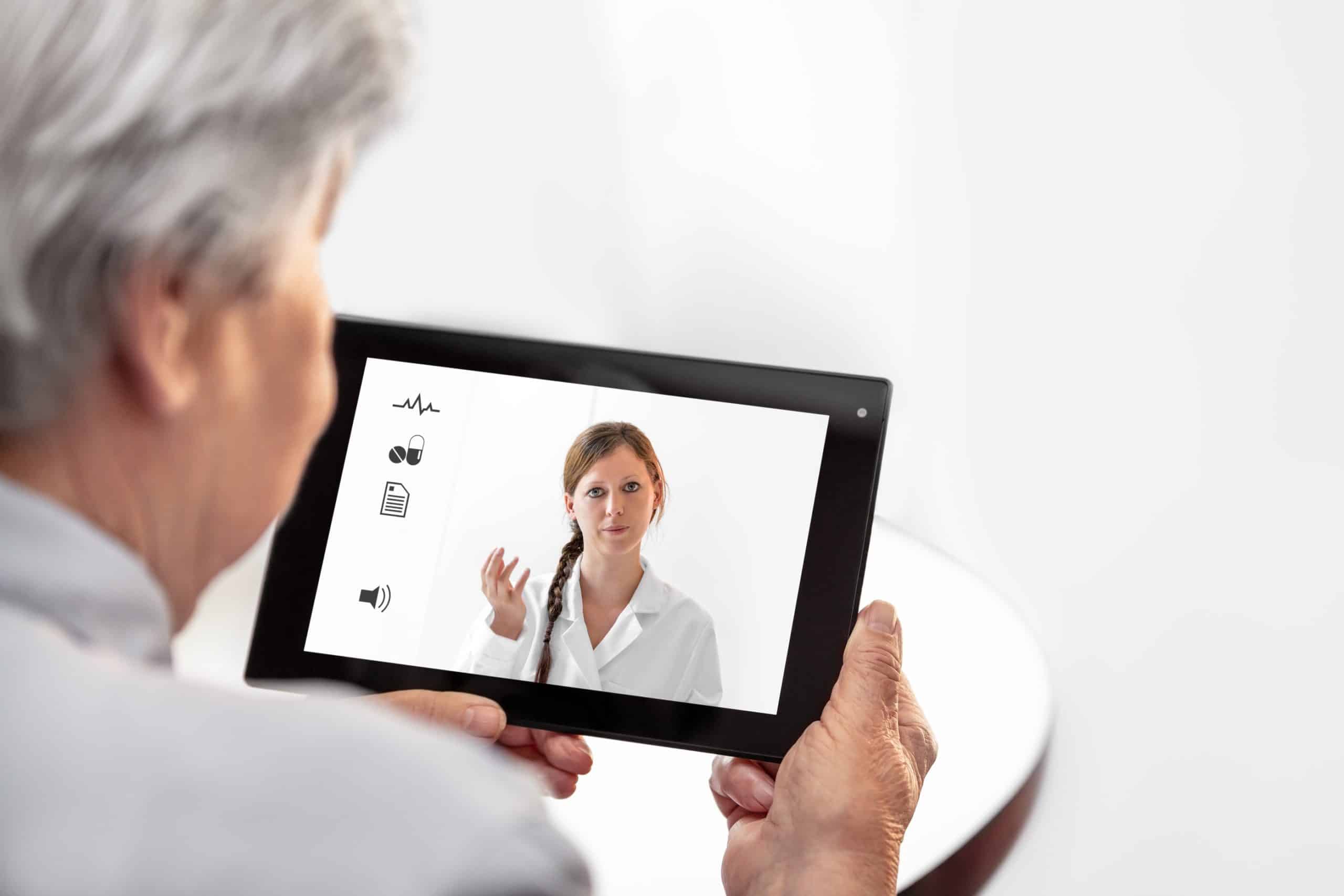 We need to work smarter. The American physician is struggling with high stress, high workloads, and high burnout.
We need to work smarter. The American physician is struggling with high stress, high workloads, and high burnout.
We have some statistics that may shock you. If you haven’t seen Medscape’s 2018 National Physician Burnout and Depression Report, here’s the reality of our work world today:
- 42% of physicians say they are burned out.
- Another 12% say they are depressed.
- No surprise; critical care docs are most burnt out, but 34% of orthopedists say the same and even 23% of plastic surgeons. Family medicine docs are struggling, too.
- The percentages are the same whether the doctor is employed or independent.
National Public Radio published a story earlier this year that showed doctors are committing suicide at a rate twice that of the general public.
What is happening in our profession that so many doctors are struggling? How can a technology like telemedicine help improve the lives of the clinicians that are so crucial to the health of our nation?
The American Medical Practice

Many doctors are feeling increasing pressure. Declining reimbursement, increasing regulation, and higher overhead has combined to create an environment of almost-constant stress for many American physicians. Physicians Weekly suggests:
Doctors feel they can’t make the best use of their time, that they lack
the autonomy to provide the best care for their patients, and
that they are being rushed in order to maintain
their organization’s profitability.
It’s an ugly situation that is being exacerbated by a physician shortage. Not only are doctors struggling with work/life balance today because of their current workload, by 2025, the physician shortage will also kick into high gear. That’s right around the time the baby boomers get old enough to put even more strain on our workload.
For the employed physician, health systems have begun noticing the strain. An article in NeuroNews says:
Experts argue that physician burnout is best combated by shared responsibility between healthcare systems and by individual physicians. Fair compensation, development of shared schedules, hiring of non-physician providers for clerical responsibilities, and improved efficiency with elective schedules are potential avenues to reduce the risk of burnout.
But this does nothing for the private practice physician who struggles not only with the professional bureaucracy inherent in healthcare, but also with the worries that come from running a small to mid-size business.
How Does Telemedicine Benefit the Orthopedic Practice?
“Orthopedic surgeons in particular will find that pressures to cut costs and maintain excellence in healthcare, even while reimbursements continue to decline and patient volume increases, are constant.”
Becker’s Spine Review
The statistics have shown us that telemedicine has a number of clear-cut benefits in the orthopedic practice, including:
- Increased compensation via improved patient volumes. Replacing an inpatient visit for a routine check with a shorter and less overhead-dependent telemedicine visit is one way to improve the bottom line of a practice.
- Increased convenience for the patient because the last thing many of them want to do is to have the hassle of an in-person visit for a five-minute exam. Patients with orthopedic injuries face the discomfort of getting to and from transportation, a trip to your office with the hassles of parking and traffic, and the time spent cooling their heels in your waiting room. When you “breeze in” for a quick consultation, we’ve seen patients grow frustrated. Is offering the alternative of a virtual visit something they might appreciate?
- Better quality of care because the patient will be less likely to skip a virtual visit. The telemedicine visit may even eliminate their use of the ER for an infection or other issues. Since the majority of ER visits are not urgent, this is one way to lessen cost in the American healthcare system.
While these are all clear benefits of the application, some providers are still reluctant to embrace change. Why would these skeptics finally adapt to this new way of providing care?
How and Why Use Telemedicine?
Why have these providers gratefully accepted what some would consider a “disruptive” technology? The answer is the same, whether it’s a more effective medication recently approved by the FDA, a revised orthopedic practice designed to decrease inpatient stays, or virtual visits; these are necessary practice improvements at a time when every visit should add “value.” Becker’s Spine Review notes that one of the biggest trends hitting orthopedic practices in the coming years will be declining reimbursement. Telemedicine applications allow orthopedists to streamline services in a way that benefits both the quality of patient care and the overhead of their practice.
When viewed in this light, adoption of a cloud-based subscription telemedicine application designed especially for the orthopedic practice not only makes sense – it’s a market-driven necessity.
Now that you can visualize the use of telemedicine in your practice, isn’t it time to see an OrthoLive demo in action? Contact us today.



